The story begins not in an obscure African port or a trans-Asian railway, but in Ashburn, Virginia, home to the giant data centers of Amazon Web Services. Few people know that part of the funding for the “brains” of this tech giant comes from Chinese state-owned financial institutions.
This is just a small slice of a $2,200 billion global financial picture recently unveiled by AidData, a research institute at the College of William & Mary (USA).
The report, released on November 18, based on data from more than 30,000 projects in more than 200 countries from 2000 to 2023, completely redraws the map of China's lending, with findings that have shocked investors and businesses.

China has disbursed $2.2 trillion in loans and grants to more than 200 countries and territories from 2000 to 2023 (Source: AidData).
From aid to strategic investment
For two decades, the familiar image has been of China spending more than $1 trillion on developing countries through its Belt and Road Initiative (BRI), building infrastructure in exchange for influence. But that’s only half the story.
AidData's report revealed that China has also poured an equivalent amount (nearly $1,000 billion) into high-income countries. And the name at the top of the list of the biggest "customers" is none other than the US, with more than $200 billion flowing into nearly 2,500 projects.
"The true size of China's lending portfolio is two to four times larger than previously published estimates," said Brad Parks, CEO of AidData and lead author of the report. "This is a startling finding given that the United States has been warning other countries about the risks of borrowing from China for years."
The flow of capital is not limited to the United States. The UK has received $60 billion, and the 27 EU member states have received a total of $161 billion. European economic powerhouses such as Germany ($33.4 billion), France ($21.3 billion), and Italy ($17.4 billion) are all important customers.
The shift represents a fundamental shift in Beijing’s strategy, as it moves away from the role of humanitarian aid donor and toward a position as a “prime creditor,” where lending decisions are increasingly tied to national security priorities and economic power.
The giant's investment "taste": High technology, minerals and supply chain
While loans to poor countries focus on basic infrastructure, money flowing into developed countries targets completely different targets: strategic infrastructure, critical minerals, and especially the acquisition of high-tech assets.
In the US, money from Chinese state banks has funded liquefied natural gas (LNG) projects in Texas and Louisiana, terminals at JFK (New York) and LAX (California) airports, and vital oil and gas pipelines. Not only that, a series of Fortune 500 companies such as Amazon, Tesla, Boeing, and Disney have also received credit from these institutions.
Most notable are mergers and acquisitions (M&A). Since China launched its “Made in China 2025” strategy, the proportion of loans used to finance acquisitions in sensitive industries such as AI, advanced robotics, semiconductors, quantum computing, and biotechnology has soared from 46% to 88%.
A prime example is the acquisition of a controlling stake in Nexperia, a Dutch-based chipmaker, by Chinese company Wingtech Technology in 2019. The acquisition subsequently faced intense scrutiny from the West. In early 2025, the Dutch government took back control of Nexperia after Washington tightened regulations due to concerns about the security of the semiconductor supply chain.
Such deals, experts say, reflect a carefully calculated strategy to control economic chokepoints, from strategic resource supplies to core technologies of the future.
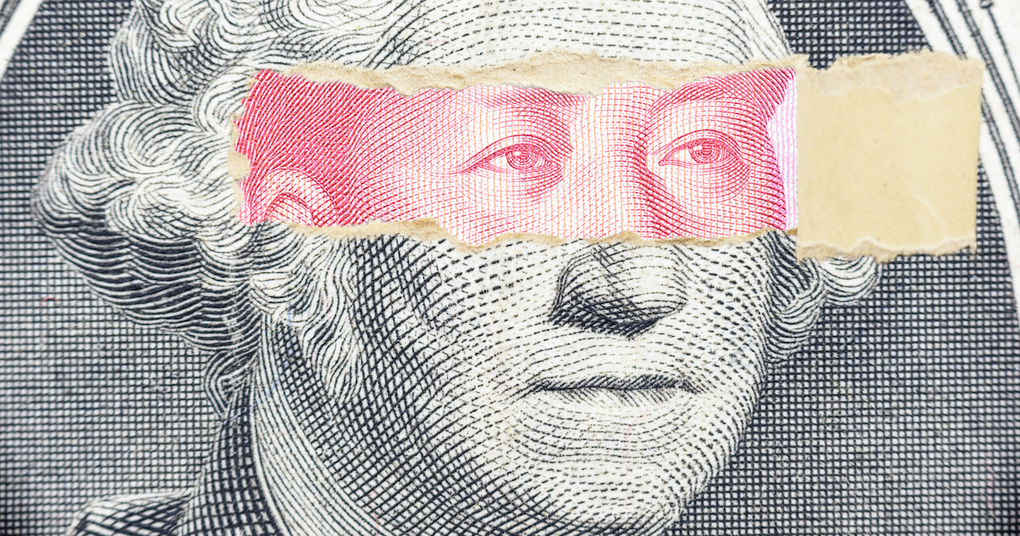
Chinese banks have provided about $200 billion for nearly 2,500 projects in the US (Illustration: Adobe Stock).
When the West learns from the “Beijing strategy”
The most interesting thing the report points out is that the G7 powers also seem to be starting to "copy" China's model. They are gradually cutting back on traditional aid agencies and increasing lending under the pretext of national security.
The US administration has recently supported the acquisition of stakes in strategic assets such as the Greek port of Piraeus and the rare earth mine Tanbreez in Greenland. The US Congress is even considering increasing the lending limit of the International Development Finance Corporation (DFC) from $60 billion to $250 billion and allowing it to operate in high-income countries for security reasons.
Tracking China’s money is becoming increasingly difficult. Beijing is going “dark mode” by tightening information controls, using shell companies in tax havens, and requiring strict confidentiality clauses in contracts.
China’s goal is no longer to project an image as a “global do-gooder,” says Brooke Escobar, co-author of the report. The share of development aid in its lending portfolio has dropped sharply. Instead, “the goal is to cement its position as the ultimate creditor that no one can offend,” she says.
Despite claims that Chinese lending is slowing, AidData data suggests otherwise. In 2023, China will still disburse around $140 billion, more than double that of the US and far ahead of the World Bank.
Source: https://dantri.com.vn/kinh-doanh/trung-quoc-rot-2200-ty-usd-cho-vay-my-bat-ngo-la-khach-hang-lon-nhat-20251118204321969.htm



![[Photo] Prime Minister Pham Minh Chinh and his wife meet the Vietnamese community in Algeria](https://vphoto.vietnam.vn/thumb/1200x675/vietnam/resource/IMAGE/2025/11/19/1763510299099_1763510015166-jpg.webp)

![[Photo] General Secretary To Lam receives Slovakian Deputy Prime Minister and Minister of Defense Robert Kalinak](https://vphoto.vietnam.vn/thumb/1200x675/vietnam/resource/IMAGE/2025/11/18/1763467091441_a1-bnd-8261-6981-jpg.webp)








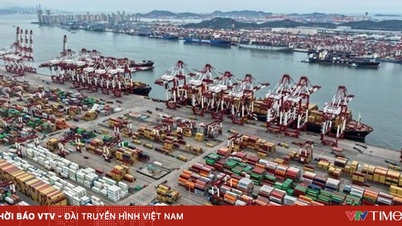

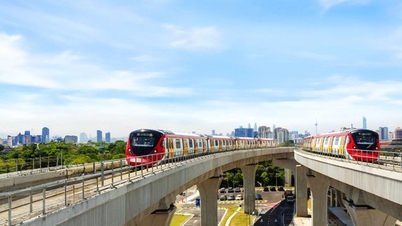

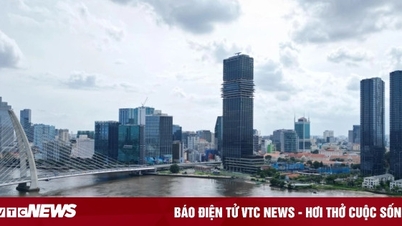

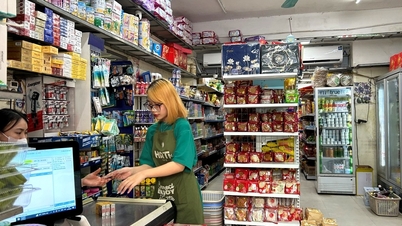

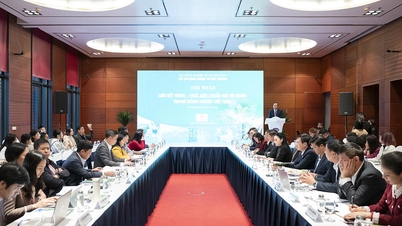

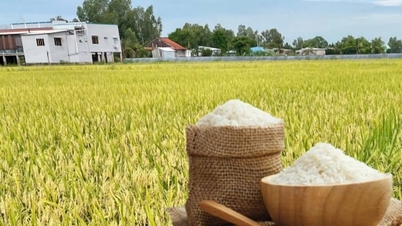





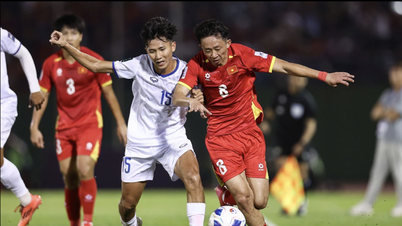


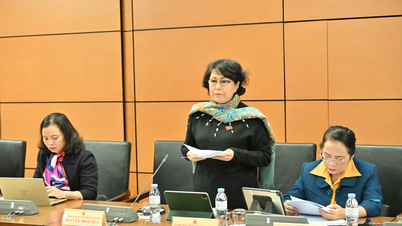


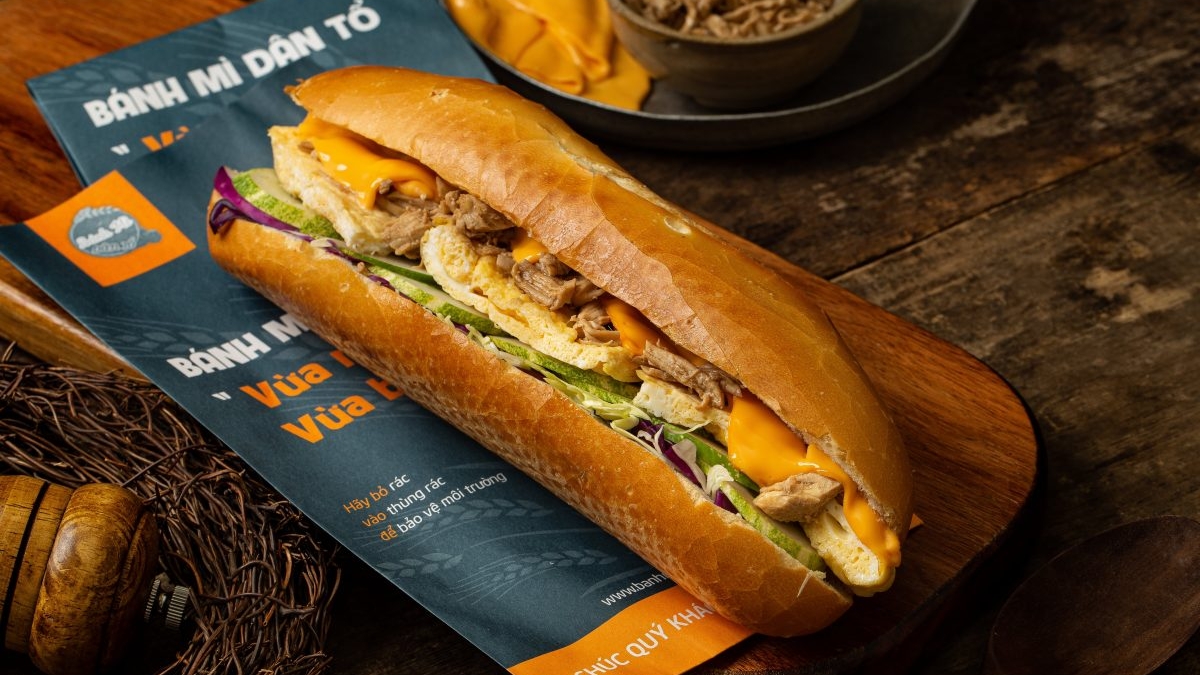









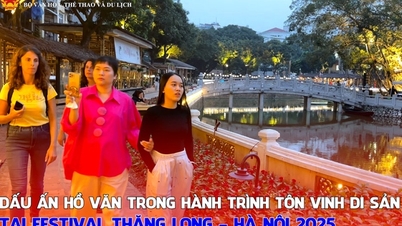














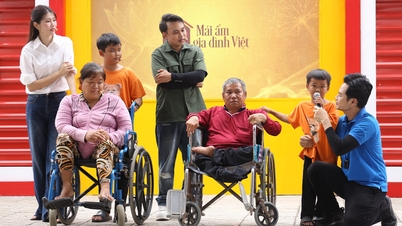

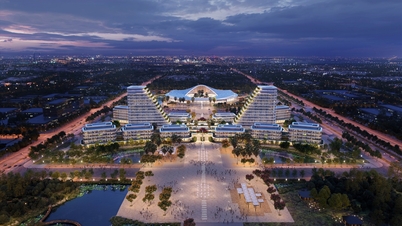
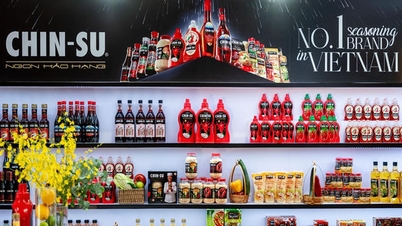
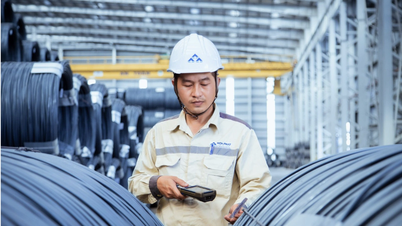
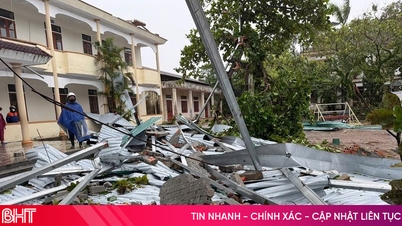











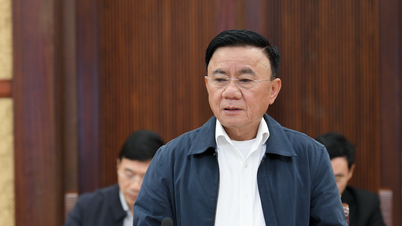


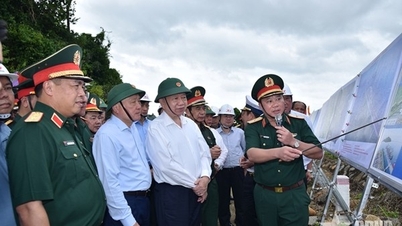

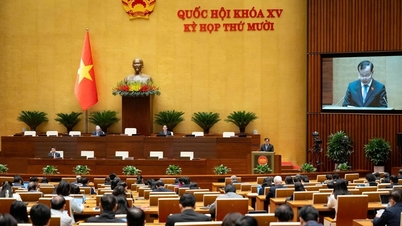



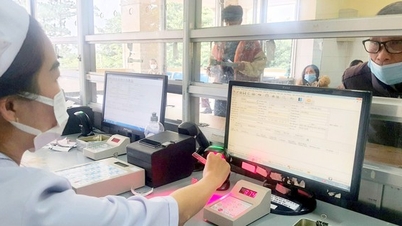
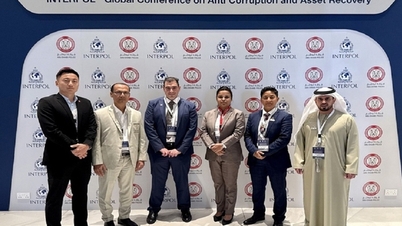
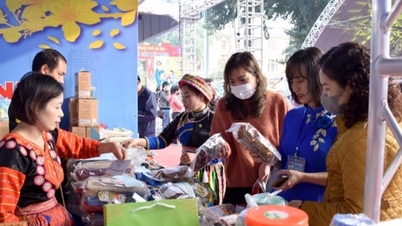




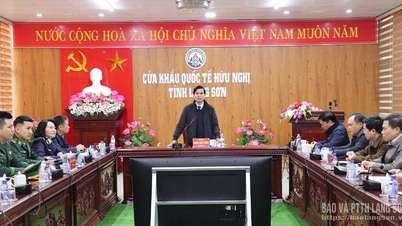

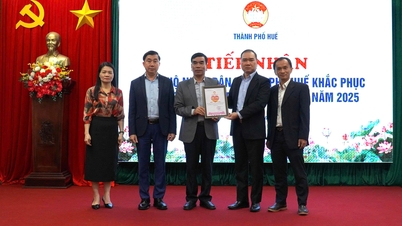














Comment (0)